
Squeezing in the Sights: Lima, Peru
With a limited number of free hours in Lima, I had to be highly selective about how to spend my time and this being Peru, food was my first priority. In the past few years, Lima has become a culinary juggernaut and local chefs creatively play with diverse cuisines and experiment with local indigenous ingredients. There are currently three restaurants on the 2015 San Pellegrino 50 Best Restaurants and while I was unable to secure a reservation at #4 Central (I tried), I did secure a lunchtime reservation at Maido which is renowned for Nikkei, a fusion of Peruvian and Japanese cuisine that equally borrows from both traditions. Lima has the second largest Japanese community in South America having arrived in the country in the late 19th century as migrant laborers.
The restaurant was a 10 minute walk from my hotel in Miraflores and upon arrival, I was seated at the sushi counter. The menu is dominated by the bounty of Peruvian waters, which as a person with a shellfish allergy severely limited my choices and resulted in major food envy. This also meant that I couldn’t order the Nikkei tasting menu and had to order a la carte. Given that my menu was in Spanish and I was unfamiliar with a number of the ingredients, I won’t be able to fully describe the complexity of the dishes. I can only marvel at how amazing each dish was. I started with a white fish ceviche with crispy potatoes and a hint of truffle oil. Next up was sushi – salmon; octopus and avocado; skirt steak and quail egg; and lastly foie gras which my server insisted I try. The food was incredible and the land/sea combo highlighted the union between the two cuisines. I expected the fish dishes to taste more Japanese and the land dishes to be more heavily influenced by Peru, but the flavors combined to form Nikkei – something that was neither purely Japanese nor Peruvian. Despite being incredibly full, I finished with something sweet – a delicious coffee and chocolate combo that literally was smoking on arrival.
After lunch, I returned to my hotel where I met my guide from Lima Walks for a walking tour of colonial Lima near the Plaza de Armas. After negotiating with several taxis who didn’t want to battle Lima’s infamous traffic, we were on our way to the historic seat of the Viceroyalty of Peru. Along the Rimac River, this is where Spanish ruled the Americas and where Lima’s elite had homes until the 1940s. Elegant cathedrals, stately homes, and open plazas once dominated the area, but numerous earthquakes and economic decline mean that what remains from the original architecture are primarly facades. We crossed into numerous courtyards in varying states from fully restored government buildings to squatter areas, explored several churches, and spoke about colonial and republican architecture. It was a fascinating look at the area. While there were many tourists near the main attractions, once we started zigzagging through the side streets, it was easier to see the fabric of life in Lima. It was an incredible way to experience the city and I only wished that I had more time for one of their other neighborhood walks.
If you have time, visit the Museo Larco which is probably best known for its pre-Columbian erotic ceramics and the rare opportunity to wander through the museum storerooms. This small museum is located in an old 18th century mansion and is surrounded by equally plush beautiful gardens. The museum specializes in ceramics and metal pieces from the Moche civilization (a pre-Incan civilization) that existed along the northern coast of Peru. The Moche believed in human sacrifices to their vampire looking god and the ceramics are quite lifelike and a bit eerie. The museum also has some nice examples of textiles and Incan quipu (a record keeping tool made of knotted fibres).
No visit to Peru is complete without a Pisco Sour and I may have indulged in more than one (although never consecutively). I expected Antigua Taberna Quierolo to be an overly touristy spot in Pueblo Libre, but there wasn’t a single tourist at this 134 year old institution. Instead this seemed to be a place where old men and locals came to enjoy a meal and kick back a drink. I was here for the Pisco Sours. After a demonstration on how to make the iconic drink (a hefty pour of Pisco, raw egg whites, simple syrup, lime juice shaken with ice, poured, and topped with a few drops of bitters), I enjoyed a glass along with some small snacks which are necessary if you want to keep going after one drink.
Most visitors to Peru bypass Lima on their way to Cuzco and Machu Picchu, but increasingly many people are adding a stop in Lima to their itinerary because of the burgeoning culinary scene and opportunity to see some of the best preserved colonial architecture in the Americas. I only wish that I had a day or two more to explore this fascinating metropolis.
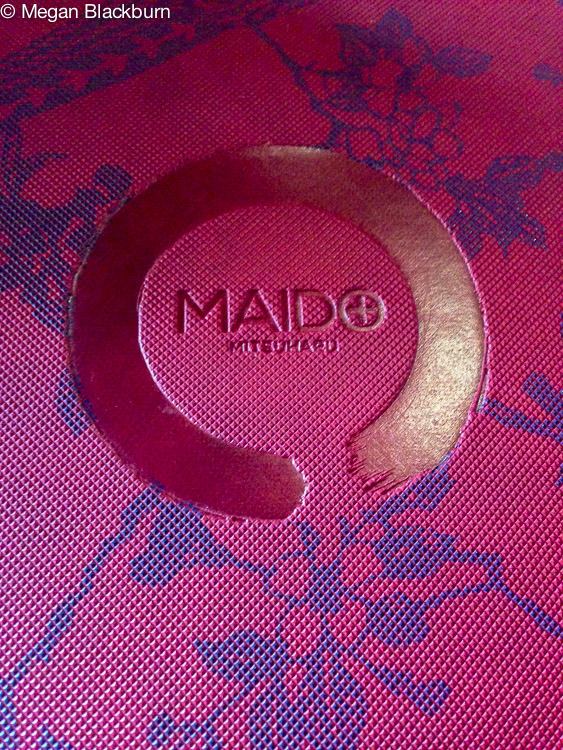
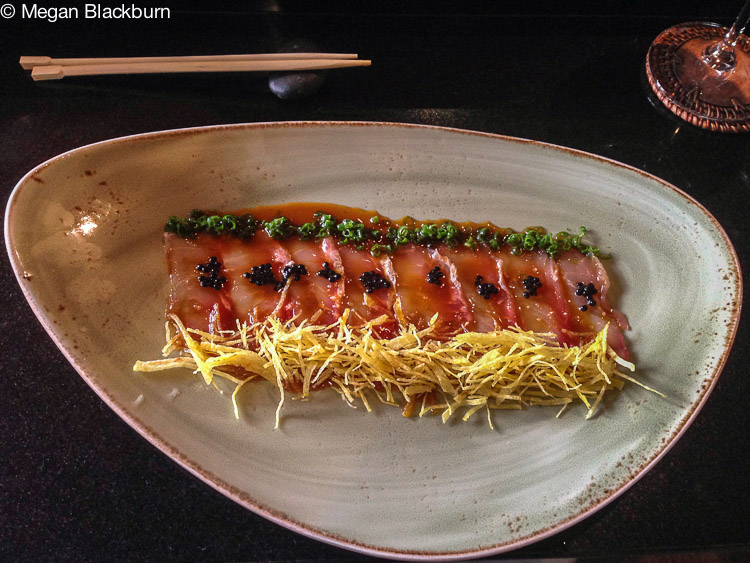
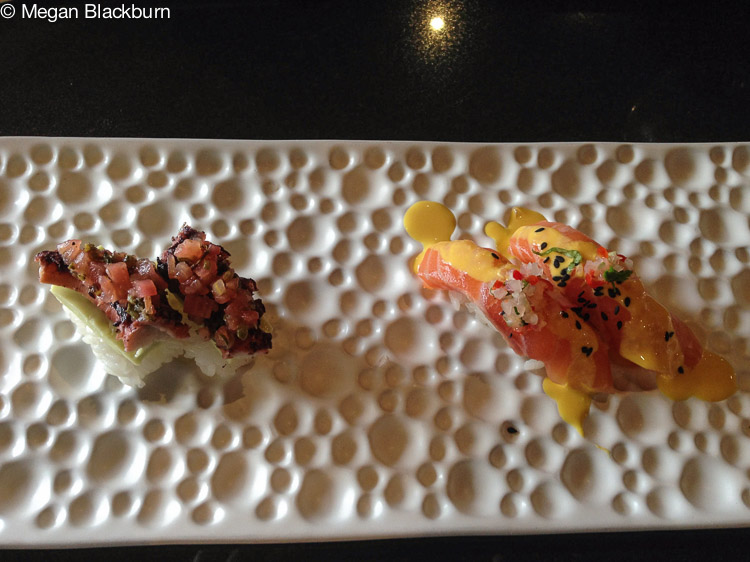
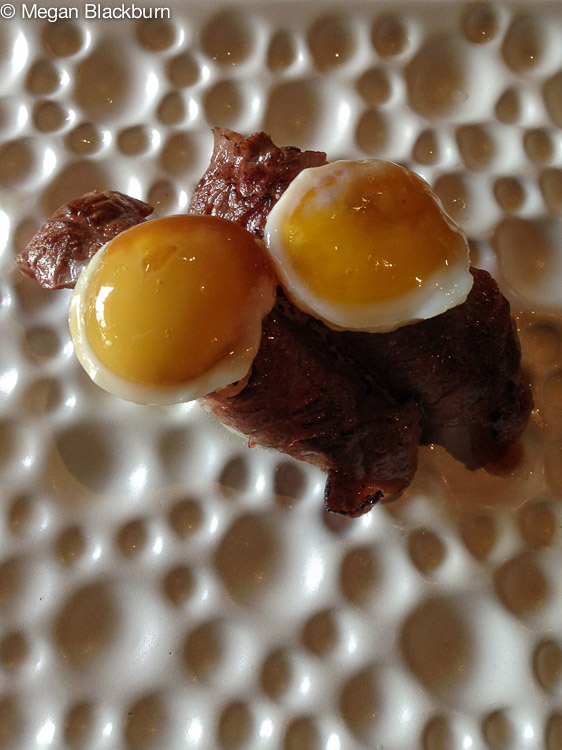
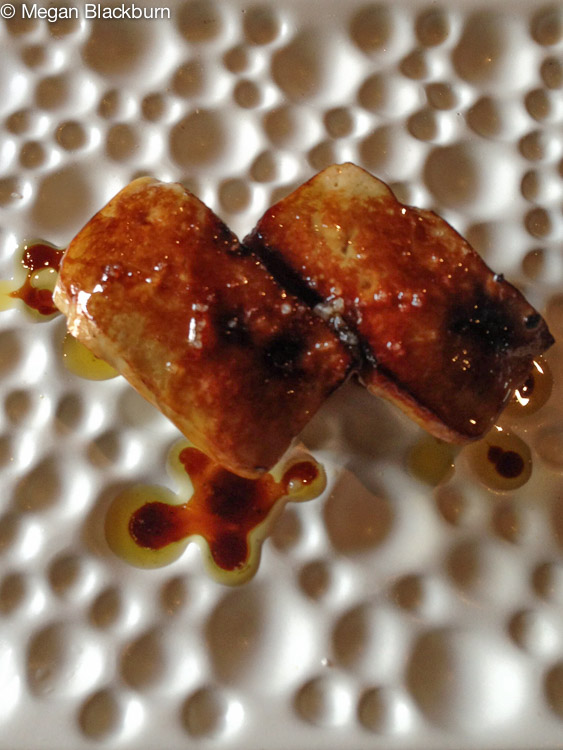
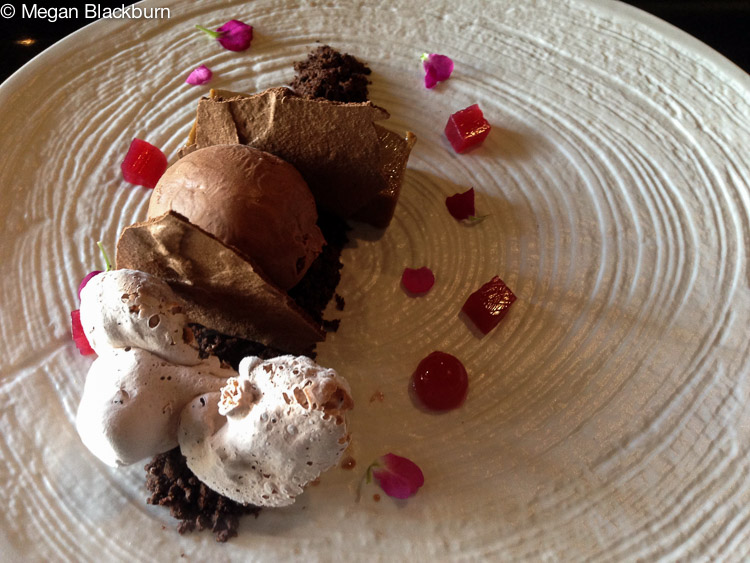
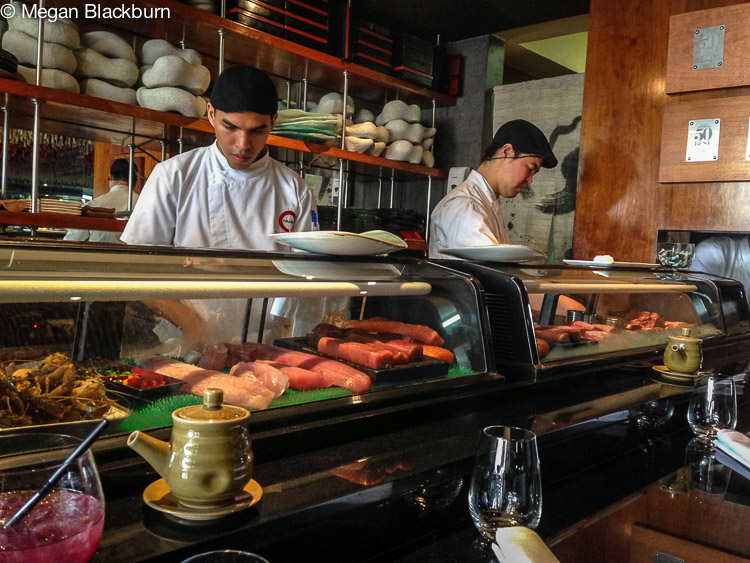
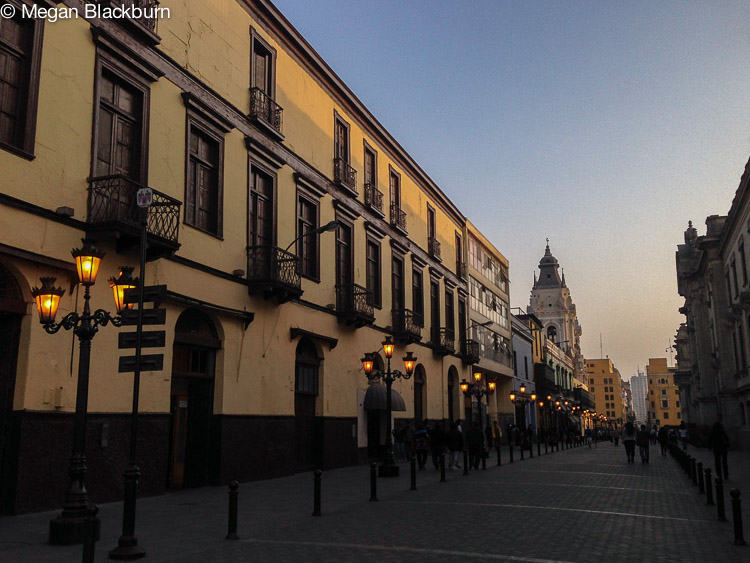
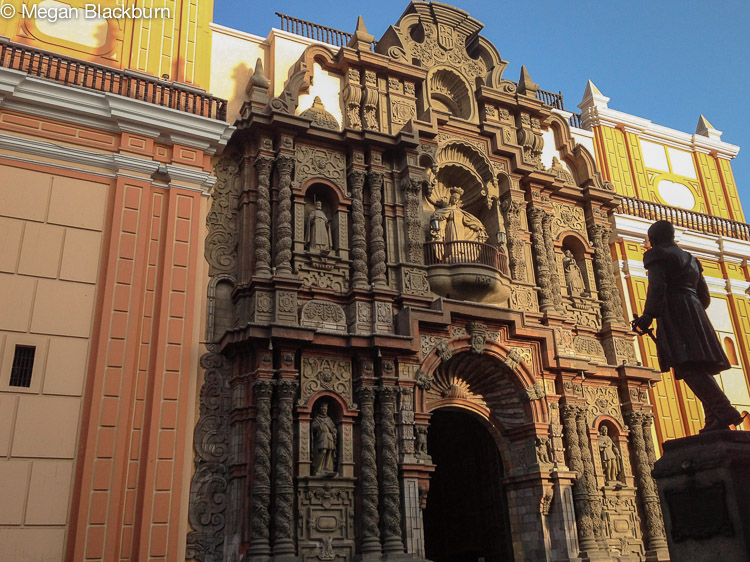
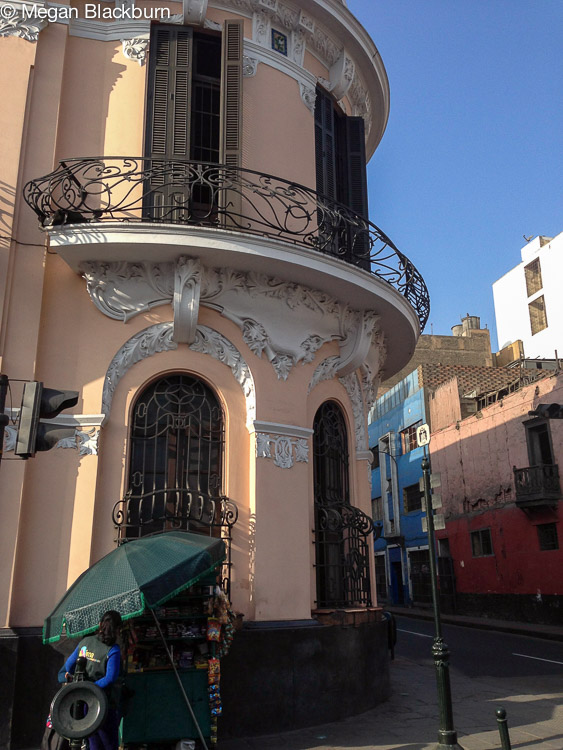
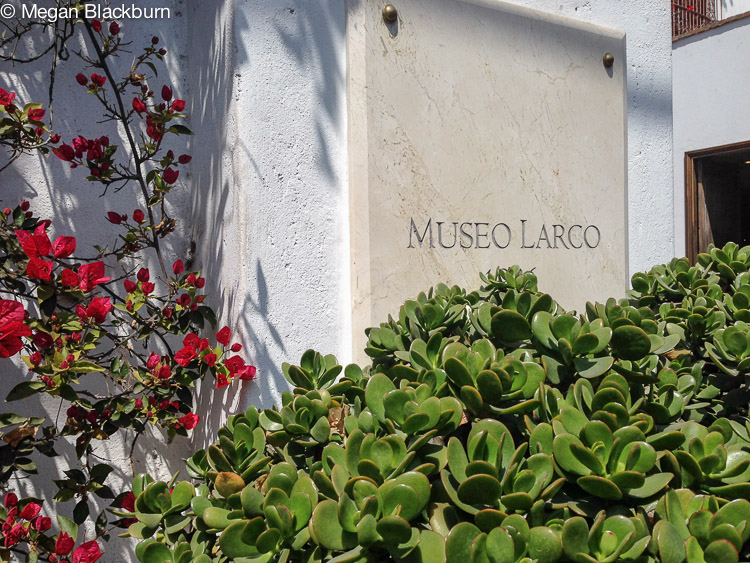
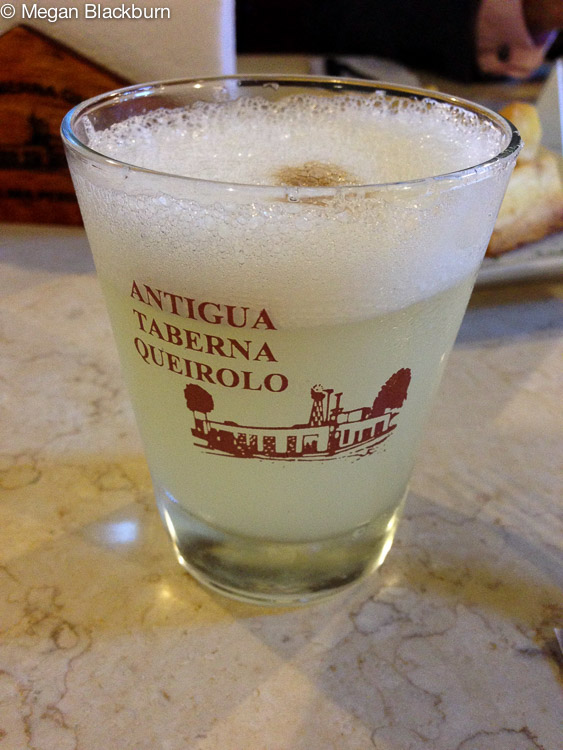
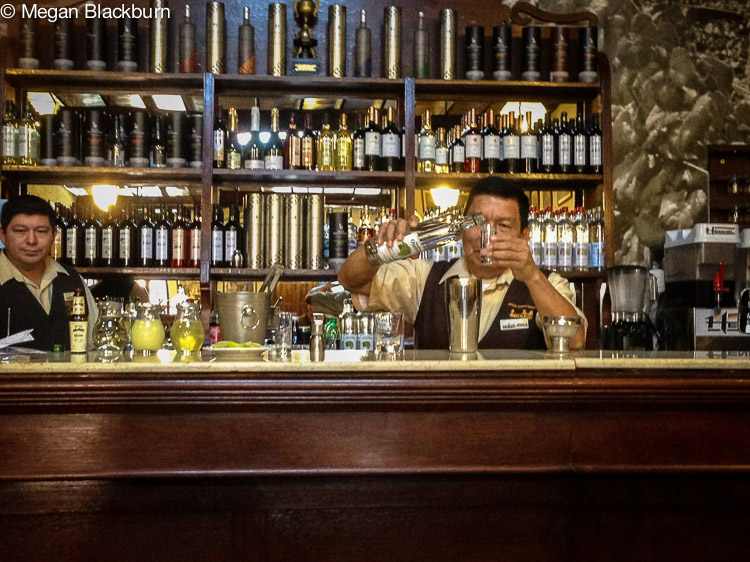



Meg,
Sounds like a great trip.
Randy
Loved Lima. A had a week there in 1997 for a one-week seminar when the Japanese Embassy hostage situation was coming to a close. Interesting times, beautiful city and excellent food.
Love your writings and photos!
You sound like a professional travel guide. Can I hire you? Sounds like you squeezed a lot into your visit! Michelle